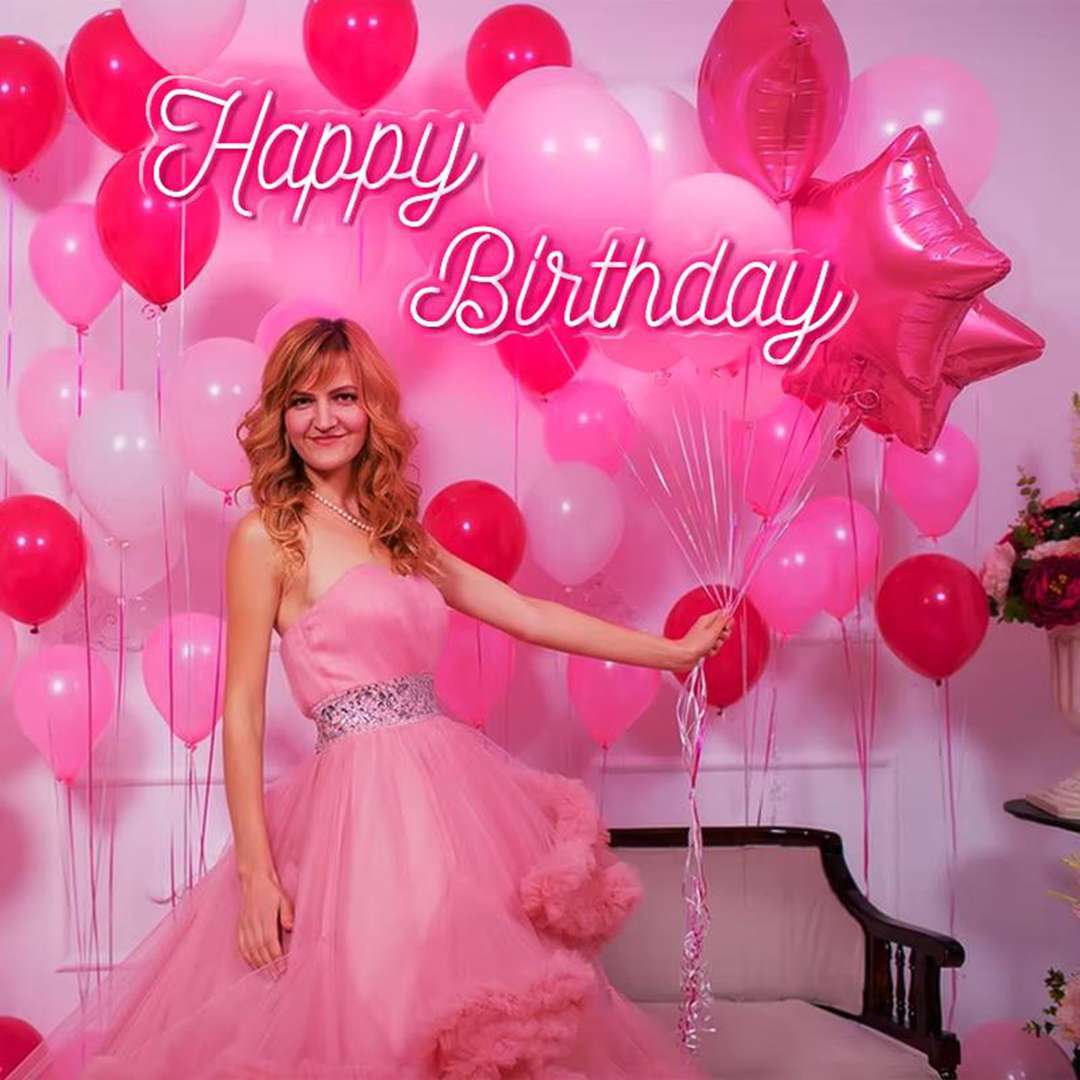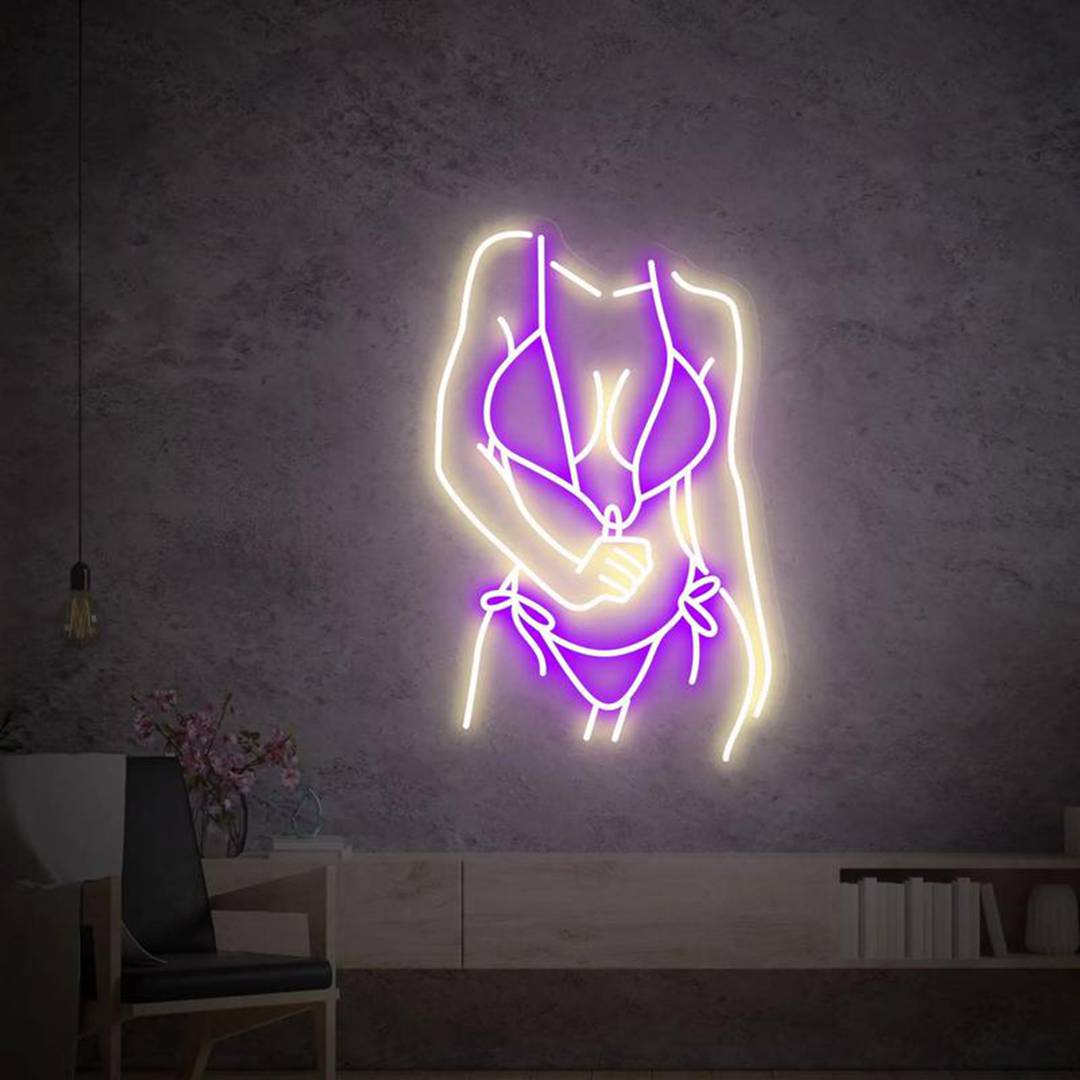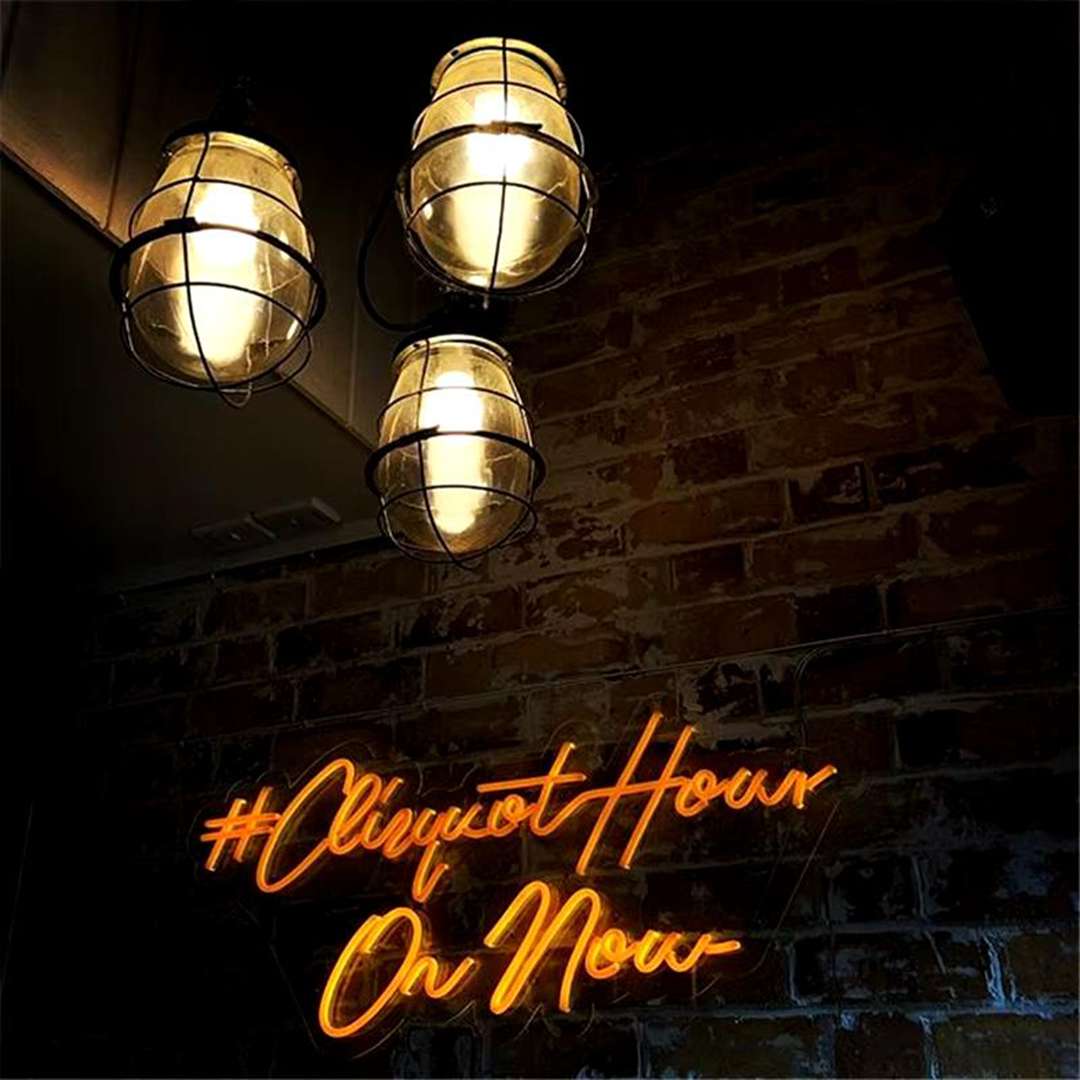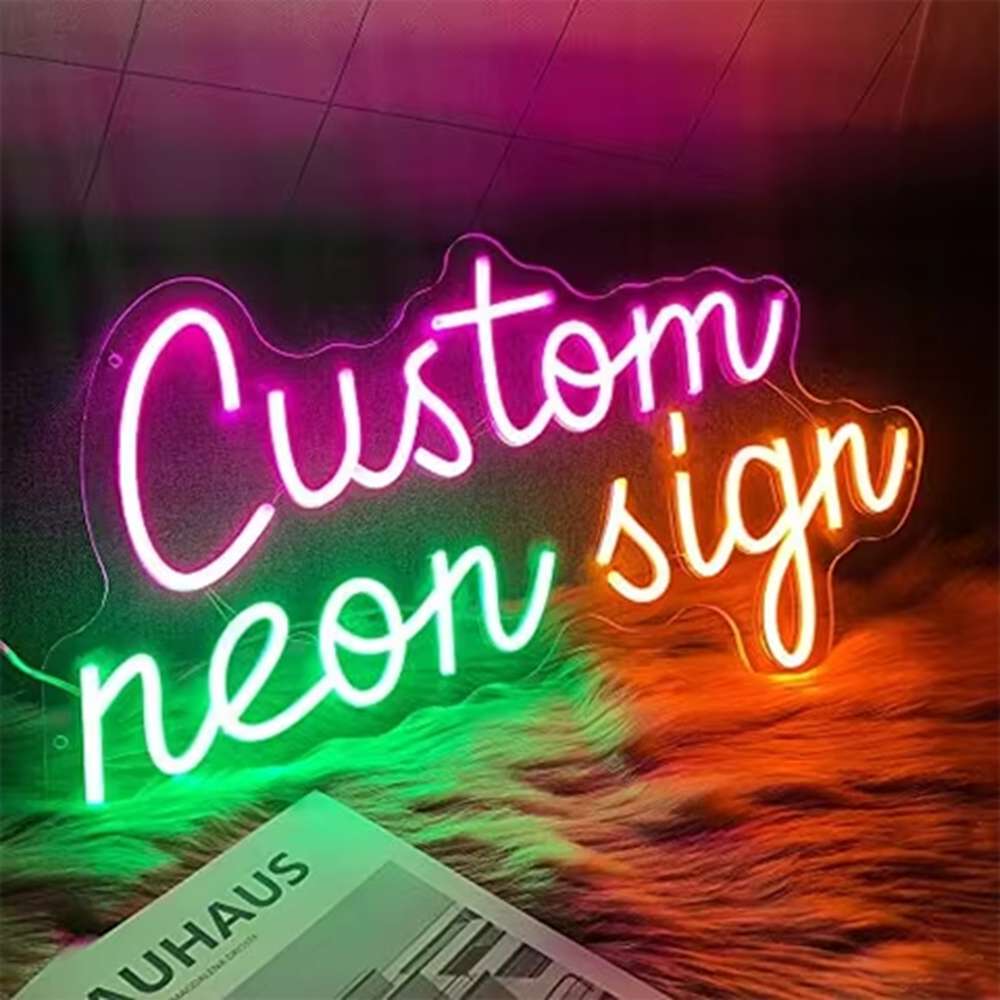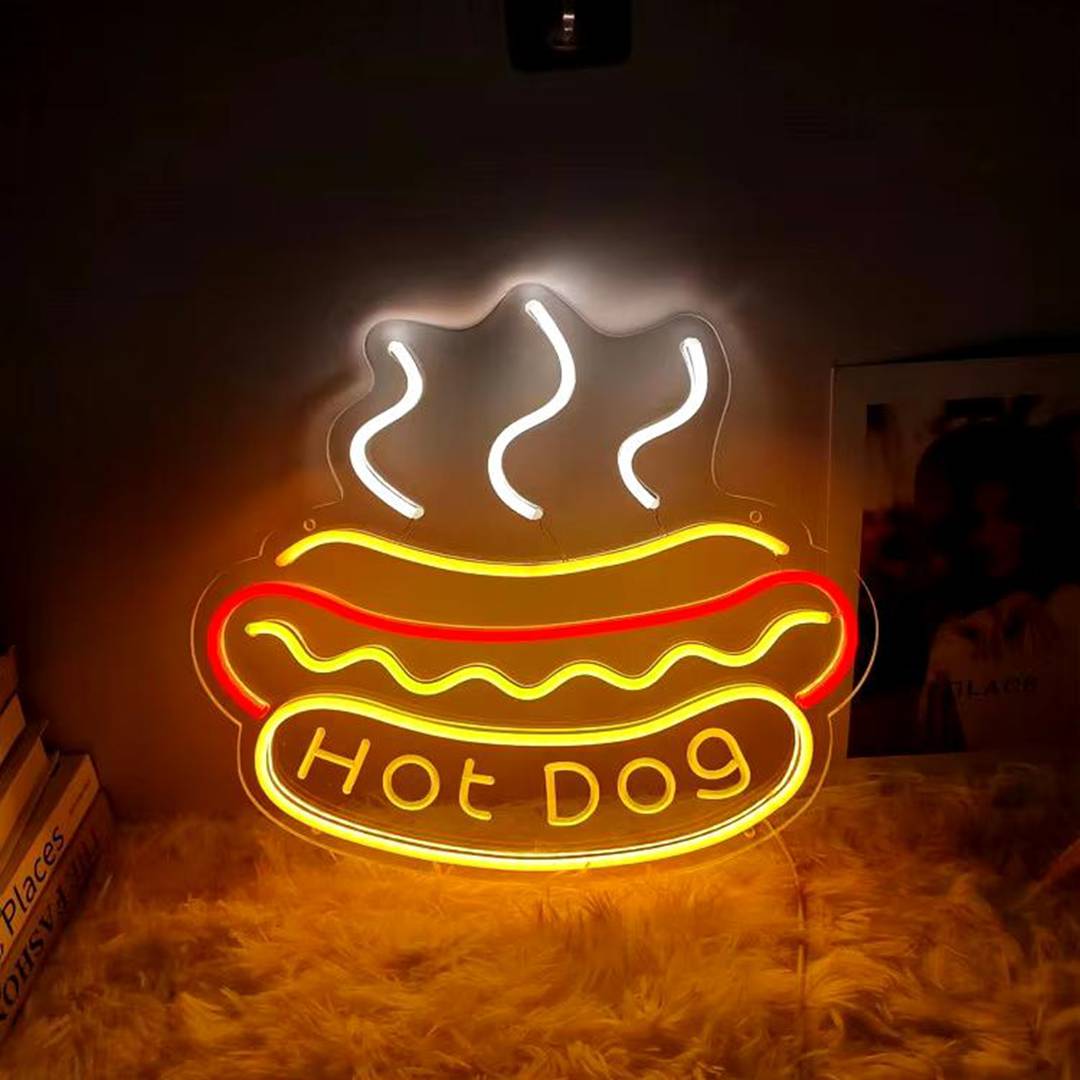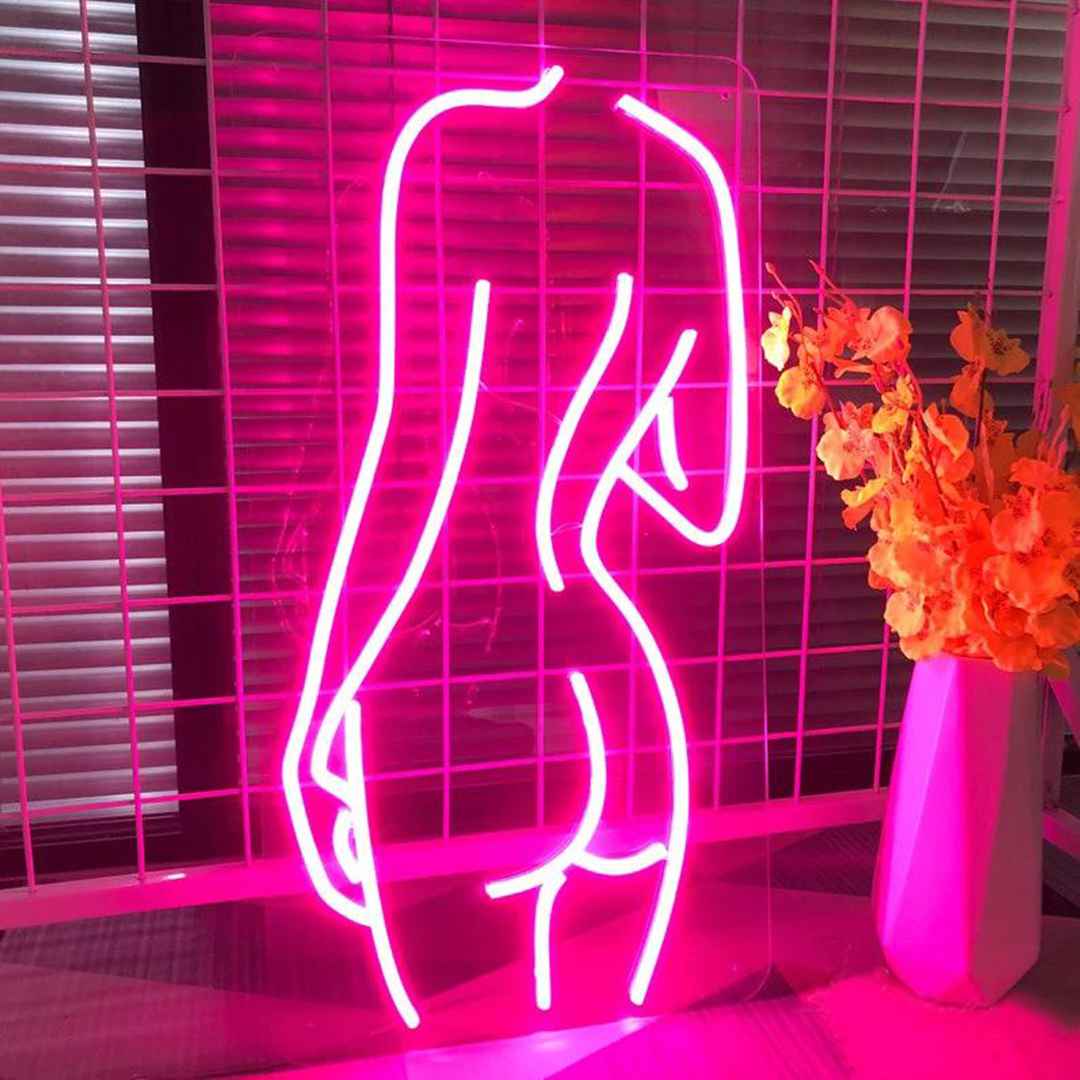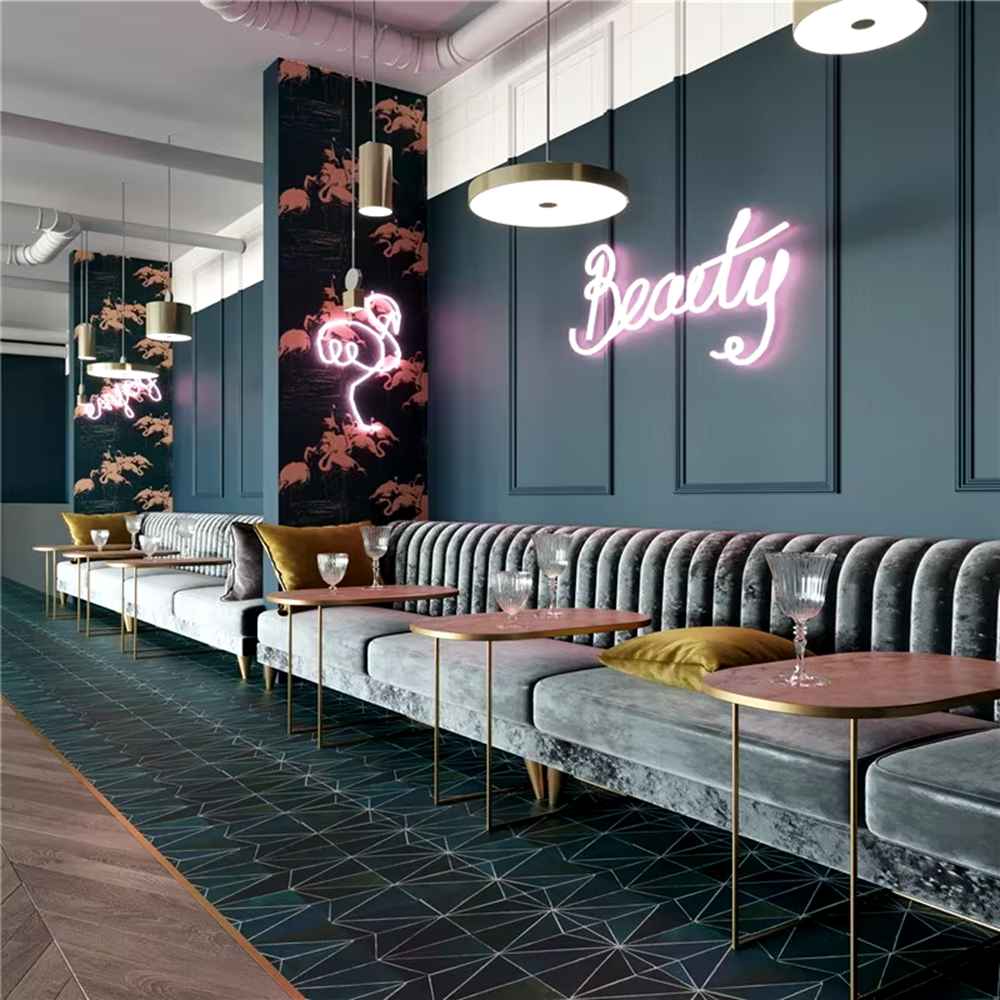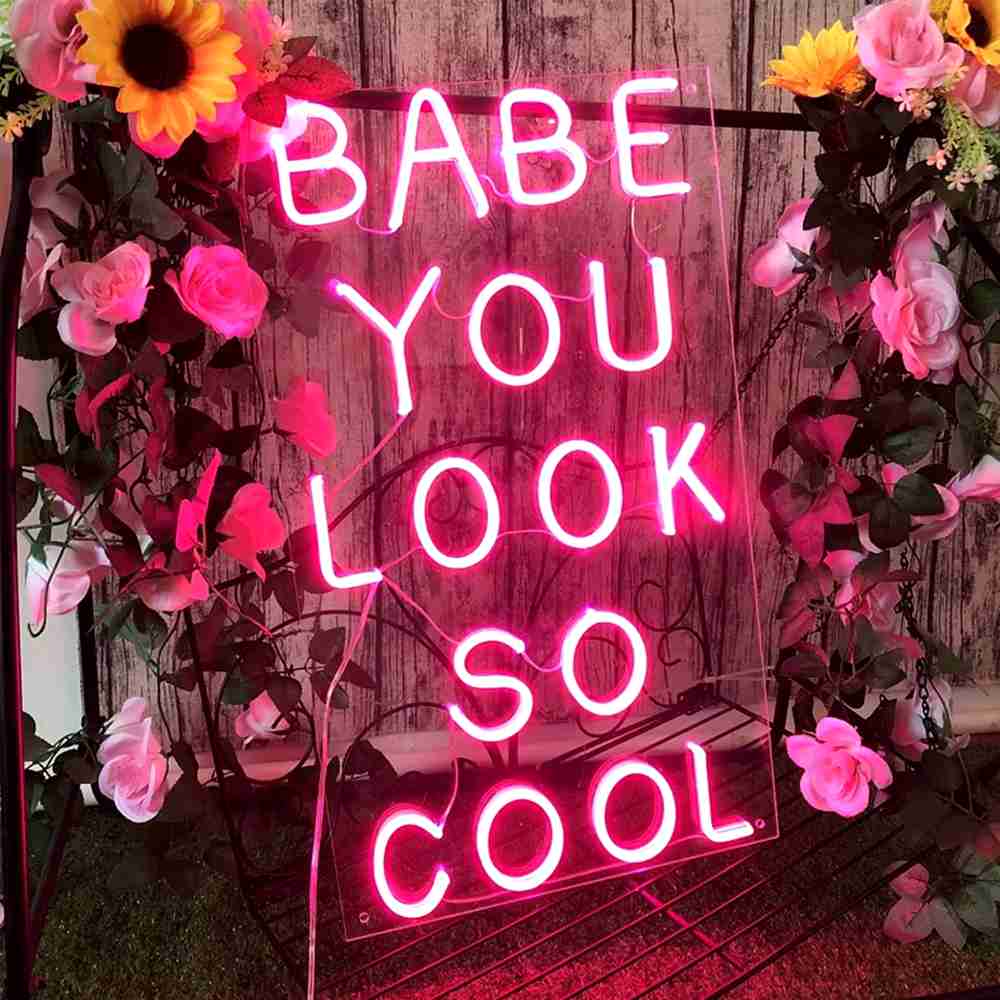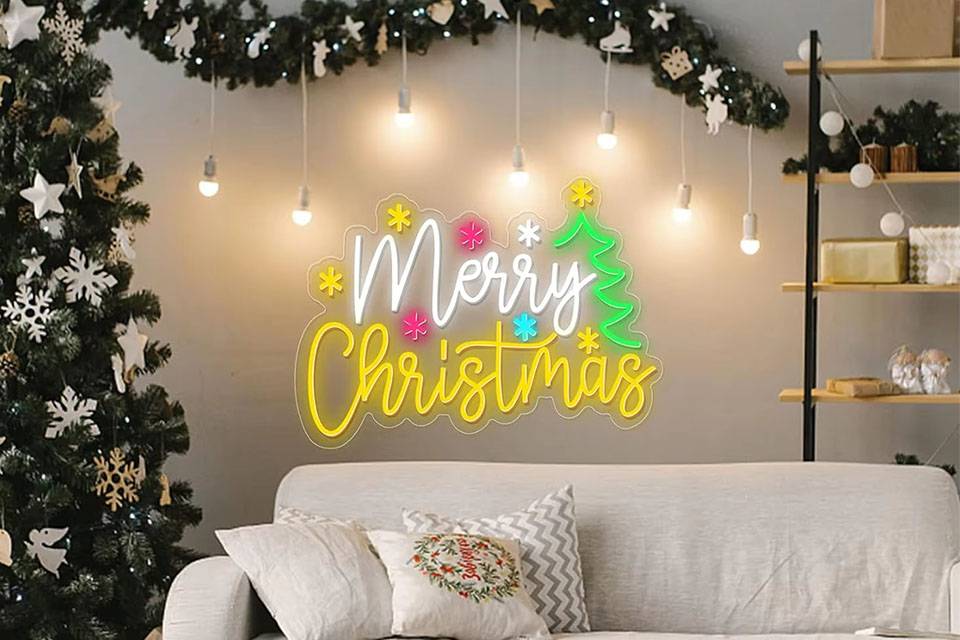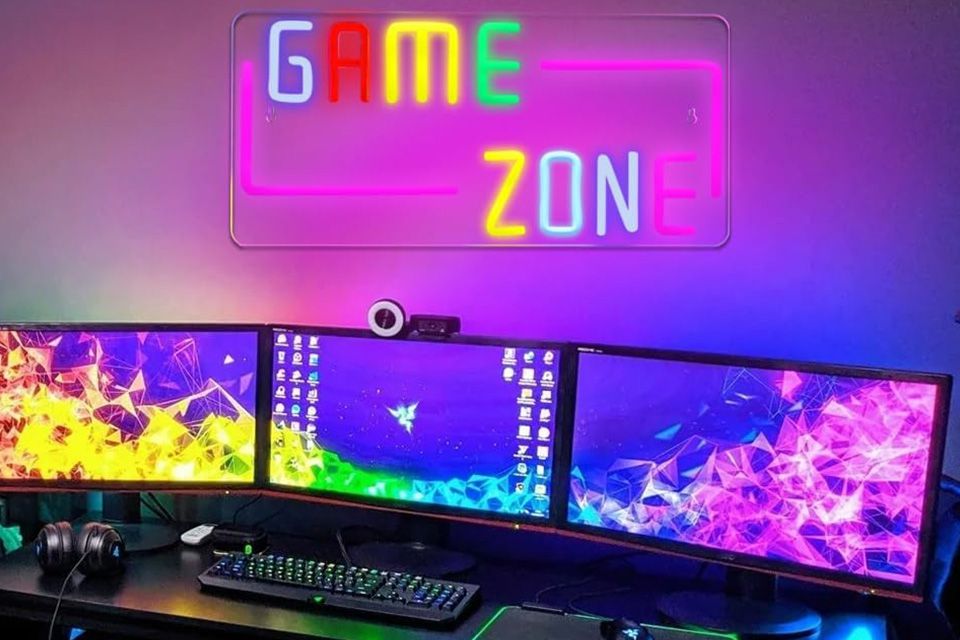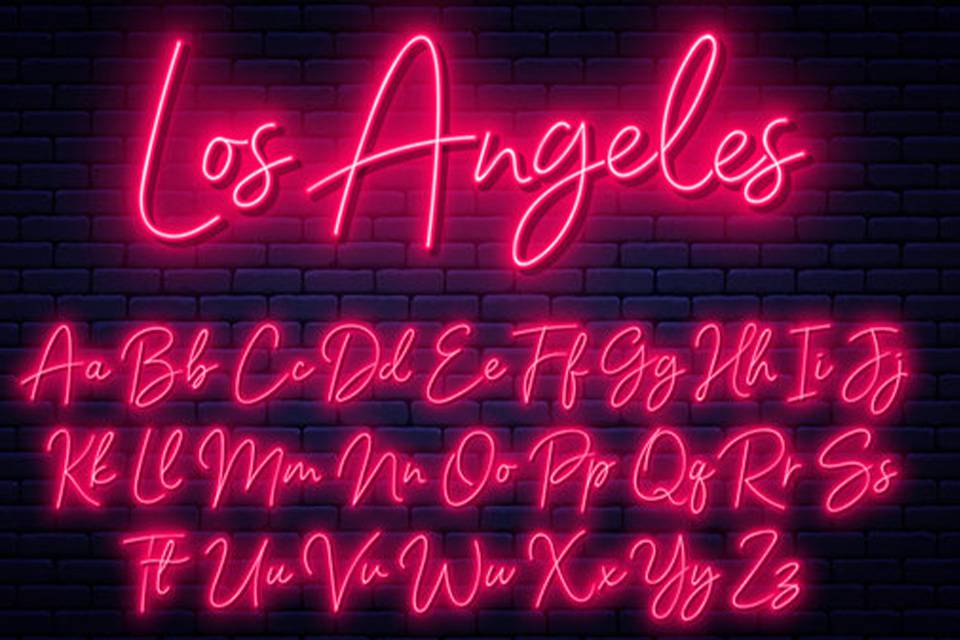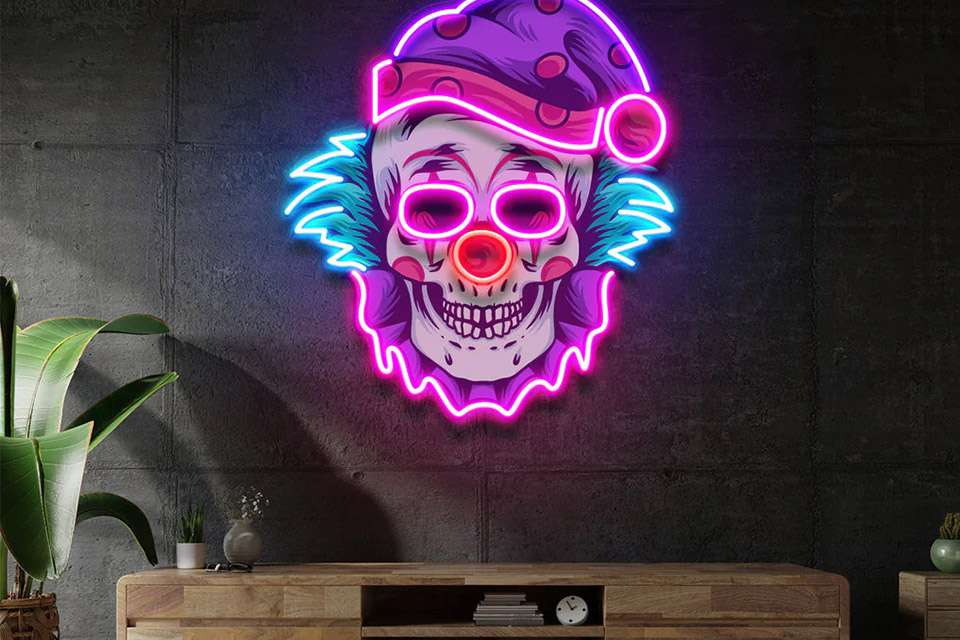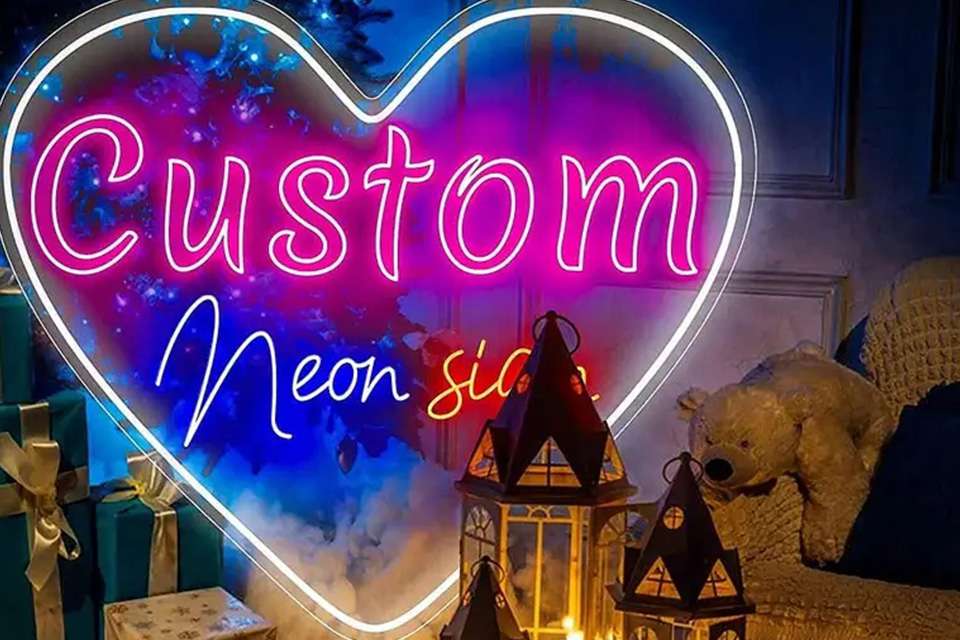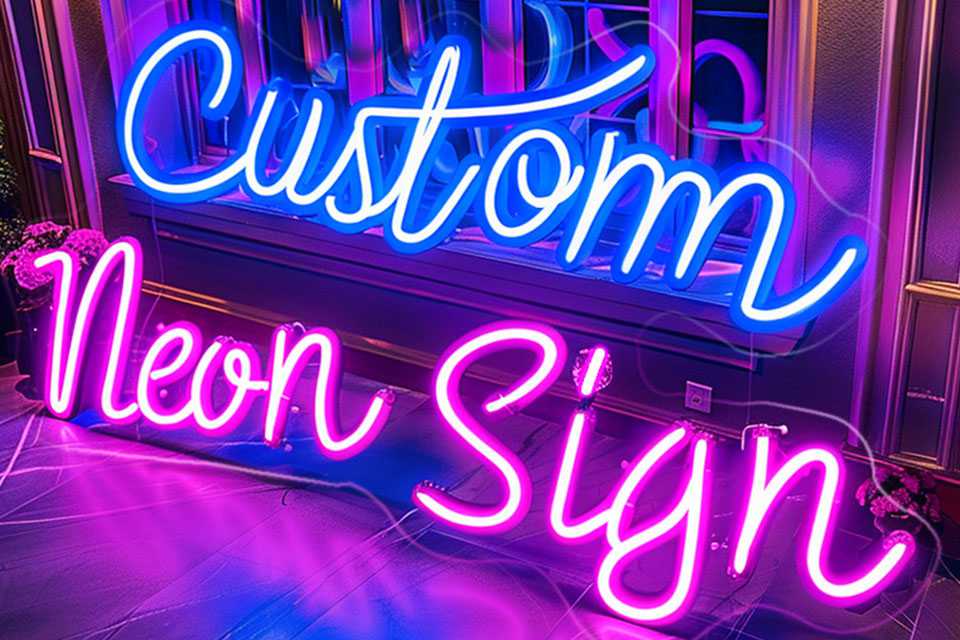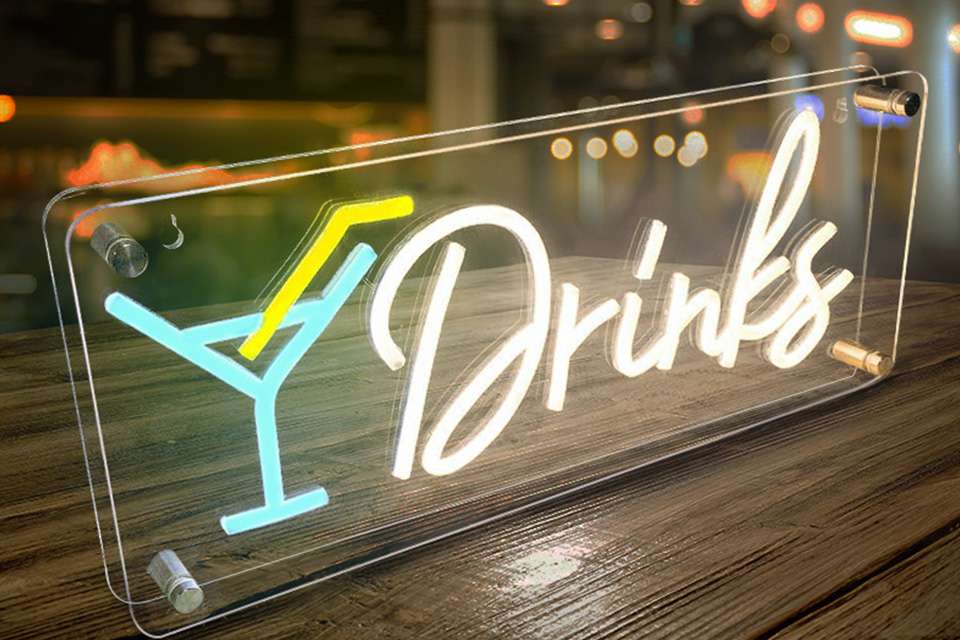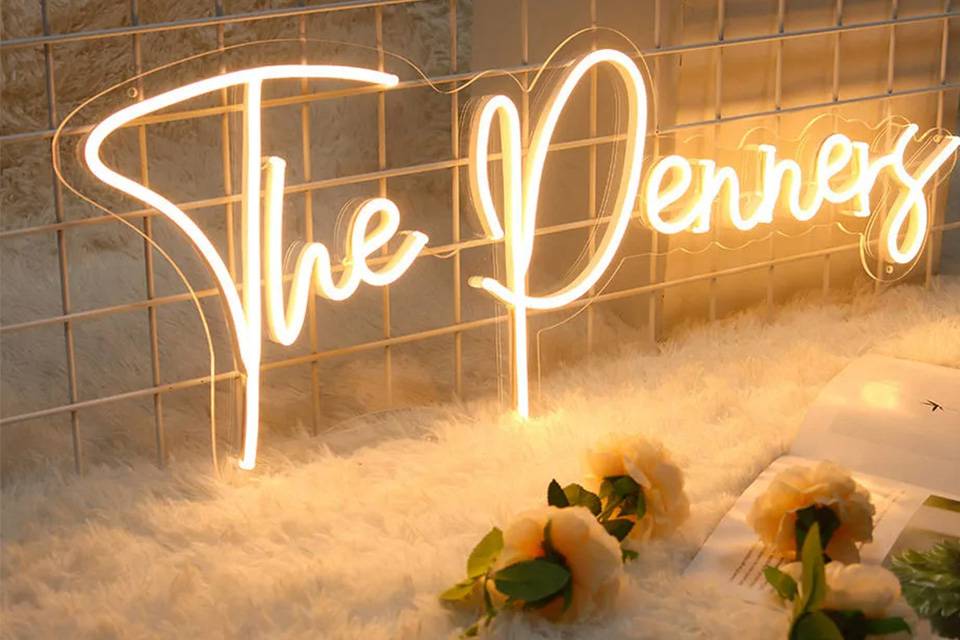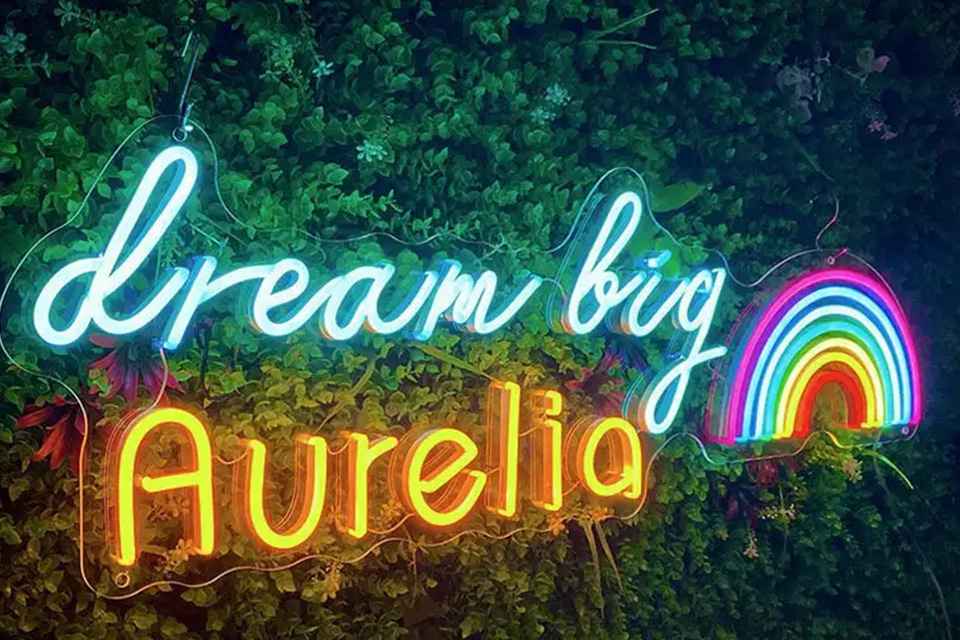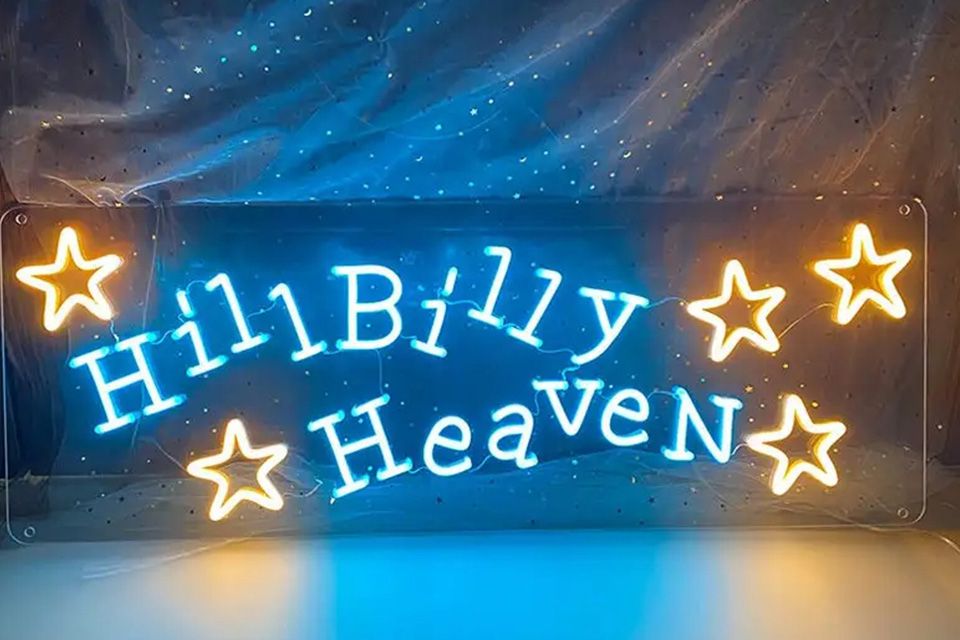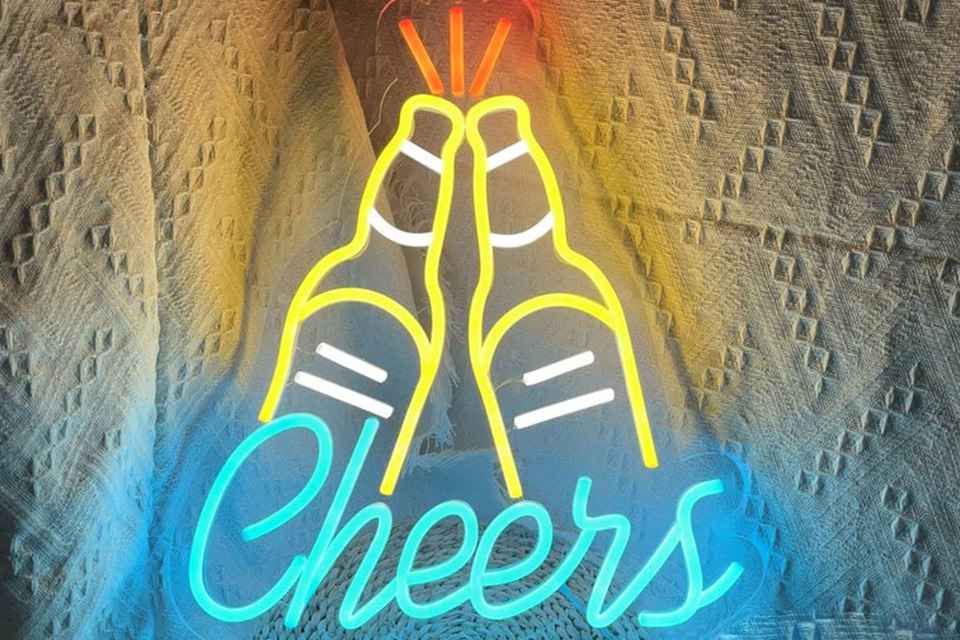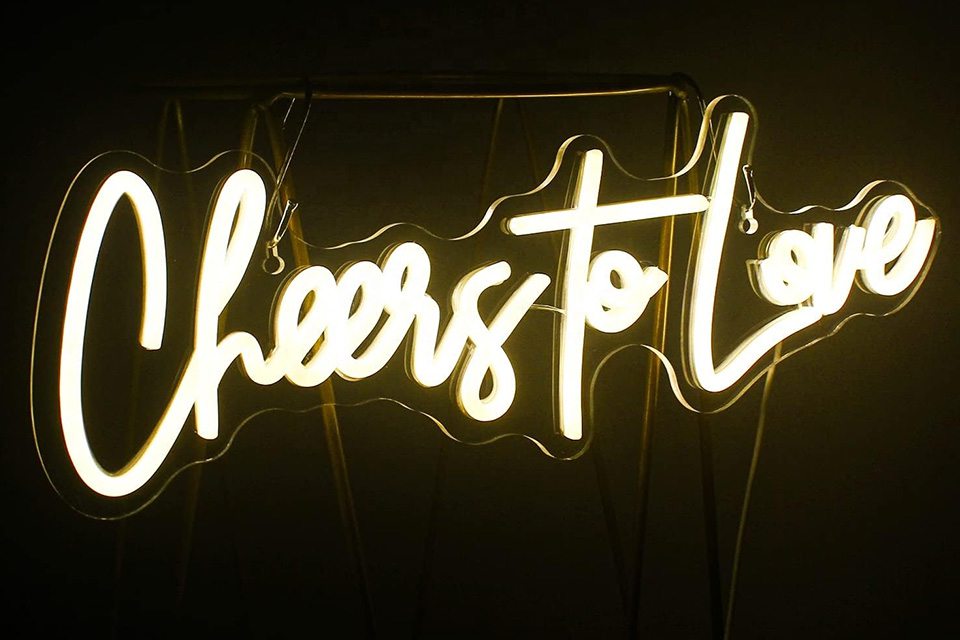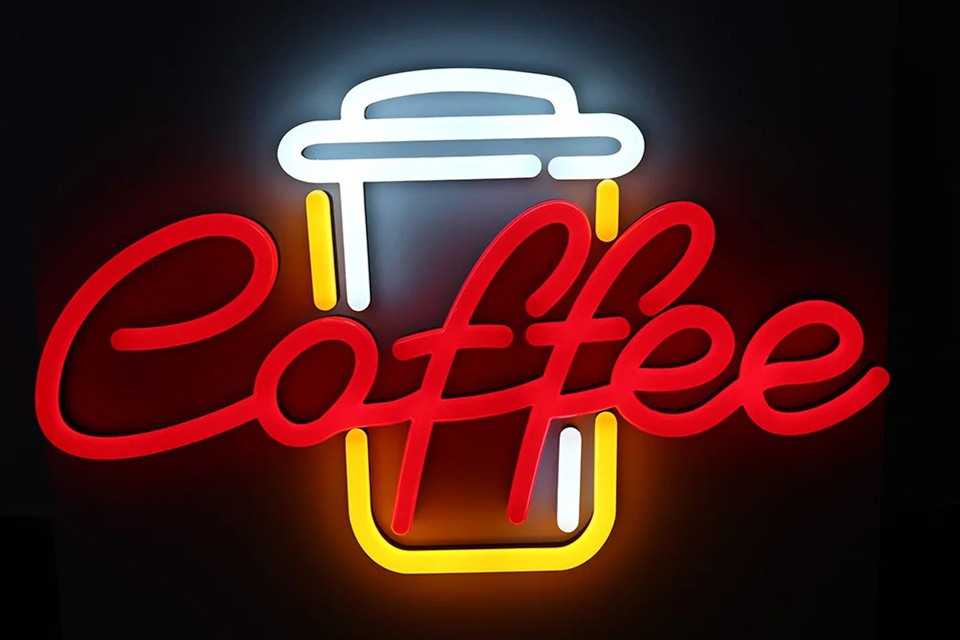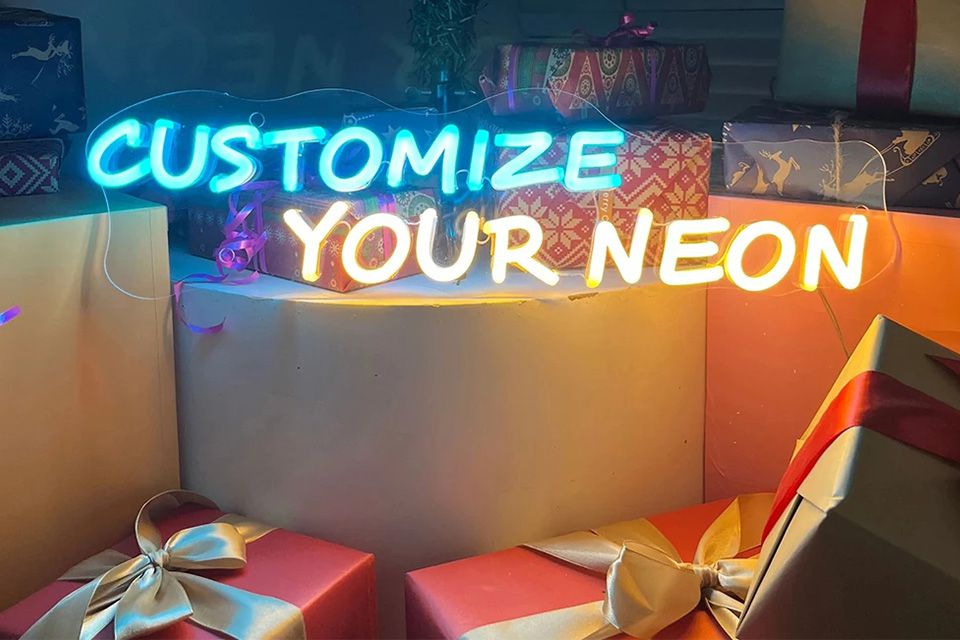
Uso del letrero de neón: Consumo de energía
Índice
This article demystifies the power consumption of letreros luminosos, exploring whether the common question “neon signs use a lot de electricity?” holds true. We’ll compare the eficiencia energética of traditional luces de neón with modern Luces LED de neón, analyze the factors influencing power consumption, and provide insights into the costs associated with running a letrero de neón. Whether you’re a business owner considering a business neon sign for your storefront or a homeowner looking to add a touch of luminous decor, this article is worth reading. It provides a comprehensive guide to understanding the electricity usage of letreros luminosos and making informed decisions based on facts, not assumptions. This will help you decide if you want to utilice Letreros de neón LED or traditional neón.

Do Neon Signs Use a Lot of Electricity?
The perception that neon signs use a lot of electricity stems from the traditional glass letreros luminosos that were prevalent in the past. These signos used gas neón contained in glass tubes and required high voltage to operate, leading to relatively high energy consumption. However, modern carteles de neón personalizados often utilize LED de neón technology, which is significantly more eficiencia energética. So the short answer is, it depends. Neon signs actually use less electricity than most people think, but it still depends on the type of sign that you are using.
How Much Electricity Does a Typical Neon Sign Use?
La cantidad de electricity a letrero de neón uses depends on several factors, including its size, design, the type of neón used (traditional glass neón o LED de neón), and the number of hours it’s illuminated. A typical traditional letrero de neón might consume anywhere from 150 to 500 watts of electricity, while a comparable Letrero de neón LED might only use 20 to 100 watts. This means that Letreros de neón LED use much less electricity than traditional ones.
For example, a small letrero de neón used for home decor might consume around 20 watts of electricity, while a larger, more complex firmar used for a business could consume 100 watts or more. It’s important to note that these are just estimates, and the actual power consumption can vary. It’s always a good idea to check the manufacturer’s specifications for the specific letrero de neón you’re interested in. Also, keep in mind that larger signs will use more electricity, so if you are using a letrero de neón personalizado that is very big, you can expect it to use more electricity.
What is the Energy Consumption of LED Neon vs. Traditional Neon?
LED de neón is significantly more energy-efficient than traditional glass neón. Letreros de neón LED typically consume 70-90% menos energía than comparable traditional letreros luminosos. This is because LEDs are much more efficient at converting electricity into light than the gas neón used in traditional letreros luminosos. Luces de neón tradicionales require much more energy than Luces LED de neón. This makes LED de neón frente a tradicional neón an easy choice.
Letreros de neón tradicionales use a high-voltage transformer to excite the gas neón inside the glass tubes, which produces light. This process generates a significant amount of heat, which represents wasted energy. Letreros de neón LED, on the other hand, use low-voltage LEDs that produce very little heat, making them much more eficiencia energética. This means that neon signs consume much less energy when they are made with Tecnología LED. This makes Señales LED a much better choice for most people.
| Característica | Letrero de neón LED | Cartel de neón tradicional |
|---|---|---|
| Consumo de energía | Low (70-90% less than traditional neon) | Alta |
| Tensión | Low voltage (typically 12V or 24V) | High voltage (thousands of volts) |
| Generación de calor | Minimal | Significant |
| Durabilidad | High (shatter-resistant) | Bajo (tubos de vidrio frágiles) |
| Vida útil | Long (up to 50,000 hours) | Shorter (around 10,000 hours) |
| Luminosidad | High, consistent | Can vary, may dim over time |
How Can You Reduce the Energy Consumption of Your Neon Sign?
There are several ways to reduce the energy consumption of neon signs. The most effective way is to choose Letreros de neón LED instead of traditional glass letreros luminosos. As mentioned earlier, LED de neón is significantly more eficiencia energética, consuming a fraction of the electricity compared to neón signs that are using gas neón.
Another way to reduce energy consumption is to use a dimmer switch. A dimmer allows you to adjust the brillo de su letrero de neón, reducing the amount of power it consumes. You can also put your letrero de neón on a timer, so it’s only illuminated during specific hours, such as when your business is open or when you’re entertaining guests at home. If you use LED signs, you will save even more energy. Using traditional neon will consume more power, even if you use a dimmer.
What are the Costs Associated with Running a Neon Sign?
The cost of running a letrero de neón depends on several factors, including the power consumption de la firmar, the number of hours it’s illuminated, and the cost of electricity in your area. To calculate the cost, you need to know the wattage of your letrero de neón, the number of hours it’s on per day, and the price you pay per kilowatt-hour (kWh) of electricity. This is how you can determine the electricity consumption of your sign.
For example, let’s say you have a 50-watt Letrero de neón LED that you run for 6 hours a day, and your electricity cost is $0.15 per kWh. The daily cost would be 50 watts * 6 hours / 1000 * $0.15 = $0.045, or 4.5 cents. The annual cost would be $0.045 * 365 = $16.43. Keep in mind that these are just estimates, and the actual cost may vary. This is how you can calculate the costs of neon signos.
Are Custom Neon Signs More Energy-Efficient?
Letreros luminosos personalizados can be just as eficiencia energética as pre-made letreros luminosos, as long as they are made with LED de neón technology. In fact, letreros de neón LED personalizados may even be more eficiencia energética because they can be designed to meet your specific needs and preferences. For example, if you only need a small letrero de neón for a specific purpose, a neón personalizado design can ensure that you’re not using a larger, more power-hungry firmar than necessary.
When designing a letrero de neón personalizado, you can choose energy-efficient options, such as low-wattage LEDs and a dimmer switch to further reduce power consumption. You can also work with the firmar maker to optimize the design for energy efficiency, such as minimizing the length of neon tubing o LED neon tube required. With a little planning, you can create a letrero de neón personalizado that’s both beautiful and eficiencia energética. They are generally much more efficient than conventional neon signos.
How Does the Size of a Neon Sign Affect its Power Consumption?
The size of a letrero de neón is directly related to its power consumption. Larger letreros luminosos require more gas neón o Flexo de neón LED to create the desired effect, which means they will consume more electricity. A small letrero de neón might only use 20-30 watts of electricity, while a large, elaborate firmar could use several hundred watts. This is why the size of the sign is one of the most important factors when it comes to power consumption of neon signos.
It’s important to consider the size of the letrero de neón when estimating its energy consumption and operating costs. If you’re looking for an eficiencia energética option, you might want to choose a smaller letrero de neón or opt for a design that uses less neon tubing o LED de neón overall. Keep in mind that carteles de neón personalizados can be made in almost any size, so you can always find something that will fit your needs. Also, if you choose LED signs instead of traditional ones, you will save a lot of energy.

What is the Environmental Impact of Neon Signs?
The environmental impact of neon signs depende del tipo de neón used and how they are manufactured and disposed of. Letreros de neón tradicionales that use gas neón can have a negative environmental impact due to the high voltage required to operate them and the potential for gas neón leaks. Neon gas is a greenhouse gas, and while the amount used in letreros luminosos is relatively small, leaks can contribute to climate change. This is why it is important to be careful when using them.
Letreros de neón LED have a much lower environmental impact because they are more eficiencia energética and don’t contain harmful gases. LEDs also have a longer lifespan than traditional luces de neón, which means they need to be replaced less frequently, reducing waste. However, it’s still important to dispose of Letreros de neón LED properly at the end of their life, as they contain electronic components that can be harmful to the environment if not handled correctly. The disposal of neon signs should be done responsibly.
How Long Do LED Neon Signs Last Compared to Traditional Neon Signs?
Letreros de neón LED have a significantly longer lifespan compared to traditional neon lights. A typical Letrero de neón LED can last up to 50,000 hours or even more, while a traditional glass letrero de neón typically lasts around 10,000 hours. This means that Letreros de neón LED can last five times longer than traditional letreros luminosos, or even more. LED neon signs last for a very long time.
The longer lifespan of Letreros de neón LED is due to the durability of LEDs and the lower operating temperatures. LEDs are solid-state devices that are less susceptible to damage from vibration or impact than the fragile glass tubes used in traditional letreros luminosos. Also, because LED de neón generates less heat, the components are less likely to degrade over time. This makes Letreros de neón LED a much better investment in the long run. Neon signs and LED neon signs are both durable, but LED ones will last longer.
| Característica | Letrero de neón LED | Cartel de neón tradicional |
|---|---|---|
| Vida útil | Up to 50,000 hours or more | Around 10,000 hours |
| Durabilidad | High (shatter-resistant) | Bajo (tubos de vidrio frágiles) |
| Generación de calor | Minimal | Significant |
| Eficiencia energética | Alta | Bajo |
| Luminosidad | High, consistent | Can vary, may dim over time |
Where Can You Find Energy-Efficient Neon Signs?
When shopping for energy-efficient neon signs, it’s important to look for signos that use LED de neón tecnología. Letreros de neón LED son mucho más eficiencia energética than traditional glass letreros luminosos, consuming a fraction of the electricity. Many online retailers specialize in letreros de neón LED personalizados, allowing you to create a unique and eficiencia energética piece for your home or business.
Algunos minoristas en línea populares para energy-efficient neon signs include Custom Neon, Neon MFG, and Yellowpop. These companies offer a wide selection of Letreros de neón LED, including pre-designed options and customizable designs. They also provide information about the energy consumption of their signos, helping you make an informed decision. With so many options available, you can be sure you will find something that will fit your needs.

Resumen
He aquí 10 puntos clave sobre letreros luminosos and their electricity usage:
- Carteles de neón can vary in their electricity usage, but modern Letreros de neón LED are much more energy-efficient than traditional glass letreros luminosos.
- Letreros de neón LED typically consume 70-90% less energy than traditional letreros luminosos.
- En power consumption de un letrero de neón depends on its size, design, and the type of neón used (LED or traditional).
- You can reduce the energy consumption de su letrero de neón by choosing LED de neón, using a dimmer switch, and putting it on a timer.
- The cost of running a letrero de neón depends on its wattage, the number of hours it’s illuminated, and your local electricity rates.
- Letreros luminosos personalizados can be designed for energy efficiency by using low-wattage LEDs and optimizing the design.
- Larger letreros luminosos generally consume more electricity than smaller ones.
- Letreros de neón LED have a lower environmental impact than traditional letreros luminosos due to their energy efficiency and lack of harmful gases.
- Letreros de neón LED have a significantly longer lifespan than traditional letreros luminosos, lasting up to 50,000 hours or more.
- You can find energy-efficient Letreros de neón LED from online retailers specializing in neón personalizado diseños.

